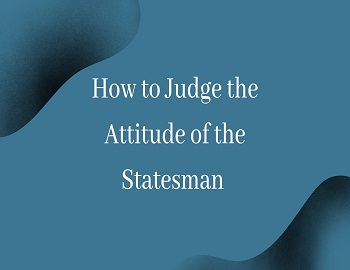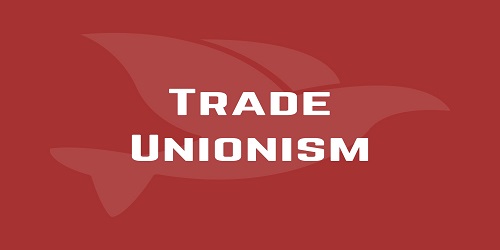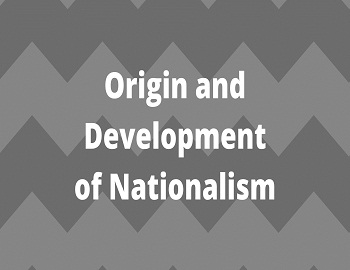Position Classification:
Classification of employees, popularly known as Position Classification, is one of the basic issues of personnel administration. Classification, in general, means grouping together of persons or things on the basis of some common essential characteristics or conversely creation of different groups on the basis of differences or ranks or salaries or statutes or dissimilarities. In the context of personnel administration, classification means grouping together of posts into broad classes on the basis of responsibilities/positions. Positions having similar duties and responsibilities are put together in one class. A class has been defined by Stahle as “a group of positions sufficiently alike in their duties and responsibilities to justify common treatment in various employment processes.”
Classification brings some orderliness into the system and is a basis for uniform and similar treatment of all the people who are grouped together into one class on certain criteria. It also makes the possible justification of differential privileges given to certain distinct categories. The duties, responsibilities, qualification requirements, eligibility conditions, salary, status, and even authority to be vested, all depend to a great extent on the proper system of classification. As Finer says, “Upon proper classification depends the efficiency of recruitment, the possibility of creating a rational promotional system, and equitable treatment of people working in different departments.”
Thus, we can say that classification is an organizational tool of great importance that, if administered properly, can bring satisfaction to the functionaries.
Since the classification of employees always involves a grouping of the employees in terms of their responsibilities and position, it is popularly conceptualized as Position Classification.
Position Classification means that all those positions in an organization that involve closely similar duties and responsibilities should be grouped together for purposes of recruitment, compensation, and other personnel matters. As we know, different employees perform different functions. Each employee occupies a particular position in the service. The position of an employee depends upon the duties and responsibilities of the post that he is occupying. The group of persons who have the same positions or similarities in the nature of their duties and responsibilities, form a class. Positions are grouped together into classes on the basis of duties and responsibilities which are attached to different posts. Thus, classification of positions in a service means merely the process of finding out: What different kinds or classes of positions calling for different treatment in the personnel process are there in the service ad making a record of the classes found and of particular positions that are found to be in each class?”
Position Classification has been defined by different writers in different ways.
(1) According to F. M. Marx, “By classification is meant the grouping of positions on the basis of similarity of duties and qualification requirements.”
(2) In the words of Dimok, “Classification may be defined as the systematic sorting and ranking of positions in a hierarchical sequence according to comparative duties and responsibilities.”
(3) L. D. White observes, “The Position Classification plan as a whole is the skeleton on which the personnel requirements of the service are built. It is derived from a logical analysis of the various types of work and the degree of responsibility which are found within public employment. It reduces what may be an exceedingly complicated mass of positions to an orderly relationship and generally in intelligent consideration of operating problems. It is essential to the development of a career service because it sets out the successive steps by which a beginner may advance to responsible positions.”
(4) Defining Position Classification, Simon and others opine, “The Position Classification plan is a device widely used in public service jurisdiction to simplify and standardize personnel producers. The position, the fundamental building block, in such a classification is a group of duties and responsibilities that are to be assigned to a single employee. The basic idea in Position Classification is that all those positions in an organization which involves closely similar duties and responsibilities should be grouped together for purposes of recruitment, compensation, and other personal matters.”
In simple words, it can be recorded that the most popular and useful way of classifying employees is to do so on the basis of the positions held by them. That is why the exercise stands designated as “Position Classification” instead of Classification. It involves grouping together of posts into broad classes on the basis of duties and responsibilities. Similar positions are grouped into one class. A position is taken to mean a set of duties and responsibilities assigned to a single employee. Position Classification is a basic feature of personnel administration.









Comments (No)